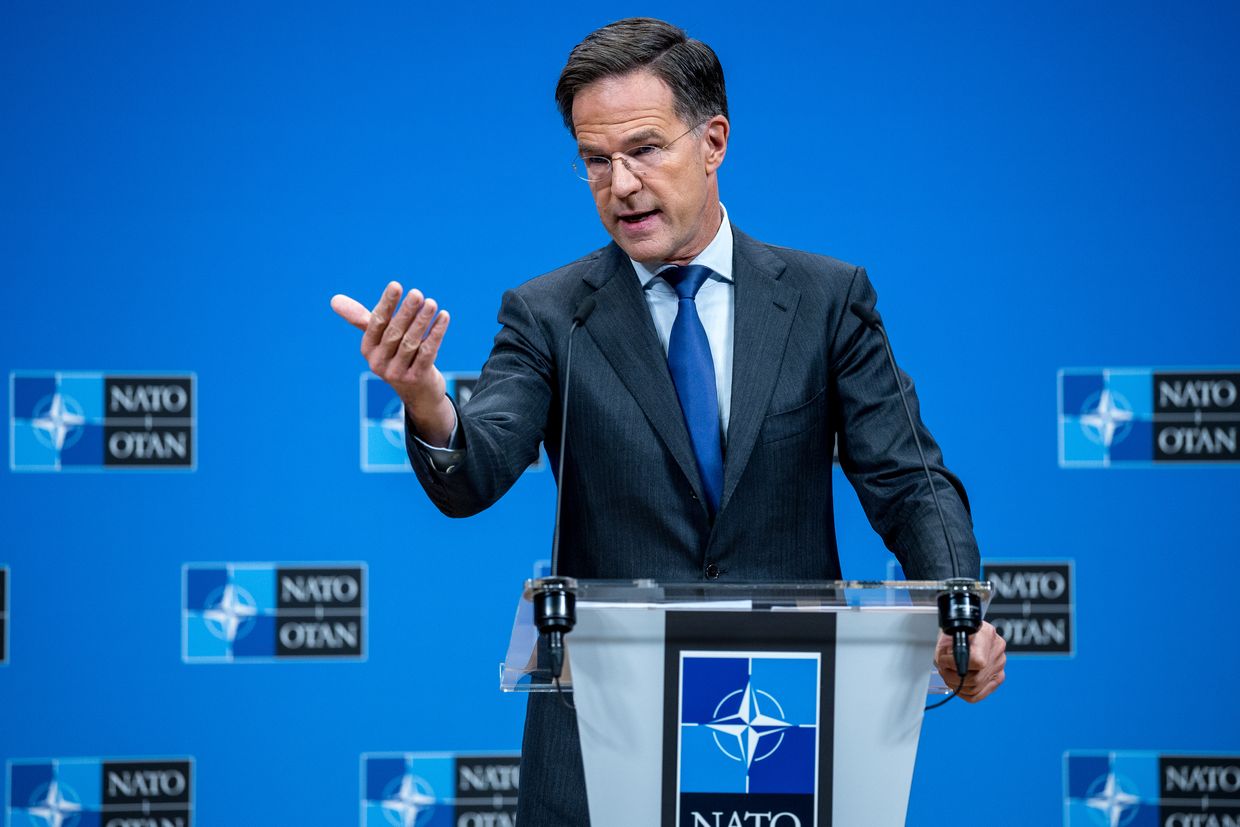In April 2005, one of the co-creators of YouTube uploaded a 19-second video of himself talking while standing in front of an elephant titled “Me at the zoo.” Twenty years later, the platform has fundamentally changed what fame means.
Now, content creators like MrBeast and Emma Chamberlain have become household names for many in the same way that Brad Pitt and Scarlett Johansson are, though their audiences might have found them differently.
Social media as a whole has played a role in this cultural shift, and YouTube is the most widely used platform. Because of its vast popularity, stars are born there every day.
“YouTube didn’t just change who becomes famous. It changed how fame operates,” Natalie Bidnick Andreas, a communications professor at the University of Texas at Austin, told Yahoo Entertainment.
The process of becoming a world-renowned celebrity is different now — not just because pop stars are expected to post their songs on TikTok or actors are encouraged to promote their movies on Instagram. It’s because YouTube has its own class of celebrities, democratically forged by their audiences.
“Before YouTube, celebrity was largely a top-down phenomenon. Studios, labels, networks and publicists served as gatekeepers, carefully curating who got to enter the cultural spotlight,” Andreas explained. “YouTube, in contrast, blew open the doors. It democratized visibility. Suddenly, anyone with a camera, a story and a bit of persistence could cultivate a global audience from their bedroom.”
Paromita Pain, a media professor at the University of Nevada, Reno, told Yahoo Entertainment that YouTube gave “anyone with a camera and an internet connection the ability to reach millions.”
“Justin Bieber is the textbook case. His mother uploaded videos of him singing on the platform and he was discovered on YouTube in 2007 by talent manager Scooter Braun after posting home videos,” she said. “That direct-to-audience exposure turned him into a global pop star.”
Though YouTube is now more popular on televisions than streaming services like Netflix and Prime Video, it began as a video uploading tool that sometimes yielded viral videos that, for moments in time, united the internet.
Maddy Buxton, YouTube’s culture and trends lead, told Yahoo Entertainment that short clips like “David After Dentist” and “JK Wedding Entrance Dance” laid the groundwork for what it means to go viral. What set YouTube apart from other platforms, though, was its partner program that “enabled anyone to make money by being a creator.”
“That was really novel at the time and has established this creator ecosystem, or creator economy. That’s what’s enabled all these creators to break through — to be Emmy contenders, to make movies in Hollywood now,” Buxton explained. “And seeing creators become mainstream celebrities has been one of the most exciting things.”
Virality became a springboard toward fame, and creators rushed to capitalize on their fleeting moments of intense popularity to build lasting careers. Brittany Broski went from being the face of a viral kombucha-tasting reaction meme to the center of a bona fide media empire beloved by celebrities like Timothée Chalamet. Countless others have followed suit.
Willie Roberson, managing director of digital strategy at the consultancy company FGS Global, told Yahoo Entertainment that the rate at which celebrities are minted online is much faster than that of traditional entertainment because they’re “unencumbered by the long (sometimes unproductive) approval processes” of Hollywood.
“They often lack the resources to post at the same quality as big-name celebrities, but they can post faster, which means they get to learn faster, fail faster, and grow faster,” he said. “YouTubers can create an idea, develop it, post the content, start a conversation, and gather data long before a big Hollywood name even knows about it.”
It’s not just the path to fame that has changed — what it means to be a celebrity is different now too.
“Traditional celebrity often relies on mystique. Think movie stars or pop icons who are deliberately distant. YouTubers, however, built their followings on authenticity, or at least the performance of it. Fame on YouTube tends to be participatory,” Andreas said. “Audiences don’t just admire creators. They comment, remix [and] follow their lives episodically. It is more intimate, more iterative and in many ways more demanding.”
Releasing a product that isn’t as perfectly produced as traditional entertainment is part of the appeal, Pain explained.
“Emma Chamberlain exploded in popularity not for polished production, but for her chaotic edits, deadpan humor and unfiltered personality,” Pain said. “She redefined what it means to be an 'it' girl in the digital age: off-beat, self-aware and digitally native.”
Kyle Hjelmeseth, CEO of influencer management company G&B Digital Management, told Yahoo Entertainment that “because of YouTube, there may never be another mega-celebrity like Tom Cruise or Beyoncé.”
“Instead you will have global celebrities, who are chosen by the people and yet, may seem as next door as your neighbor in some ways,” he said. “World-renowned, and yet disarmingly relatable. Bedrooms instead of soundstages. So the dynamic of what celebrity means has fundamentally changed. It is no longer untouchable."
In addition to changing the definition of celebrity, YouTube and social media platforms in general have introduced a new class of fame: the microcelebrity. These creators have smaller audiences than that of MrBeast and Chamberlain, but they still build careers off of monetizing their audiences.
“You can be enormously influential to a specific audience, with millions of views, brand deals, and cultural cachet, and still walk down the street unrecognized by the average person,” Andreas said. “Fame has fragmented. It is no longer monolithic. It is modular, niche-based and often transient.”
Instead you will have global celebrities, who are chosen by the people and yet, may seem as next door as your neighbor in some ways. World-renowned, and yet disarmingly relatable. Bedrooms instead of sound stages.
Pain named Markiplier as another example of this.
“[He] is a giant in the gaming space but virtually unknown outside of it,” she said. “Yet he’s built a multimillion-dollar brand, charity empire and massive influence all within his niche.”
Experts might agree that YouTube was the driving force behind the shifting nature of celebrity, but it’s been aided by other social media platforms that have followed in its footsteps, fine-tuning their algorithms to match audiences with the kinds of creators they want to see.
Jacob Wallach, a content creator and founder of the social media consultancy Social4TheWin, inadvertently became a microcelebrity himself. Before he started showing his face in his posts on his @Excel4TheWin TikTok account, people recognized him by his voice alone.
“A lot of these creators now play in the Hollywood sphere, but maybe … are just regular people who make content, who live their lives and don’t think of themselves as celebrities,” Wallach told Yahoo Entertainment. “But to the people who really follow them — and sometimes watch them more than they watch TV — these are celebrities.”
Creators like him have built entire careers around those fan bases, attaining a level of fame that gets them into movie premieres but doesn’t necessarily inhibit their ability to go to the grocery store without being swarmed. They are famous, but fame is different now.
.png)
 German (DE)
German (DE)  English (US)
English (US)  Spanish (ES)
Spanish (ES)  French (FR)
French (FR)  Hindi (IN)
Hindi (IN)  Italian (IT)
Italian (IT)  Russian (RU)
Russian (RU) 




Comments